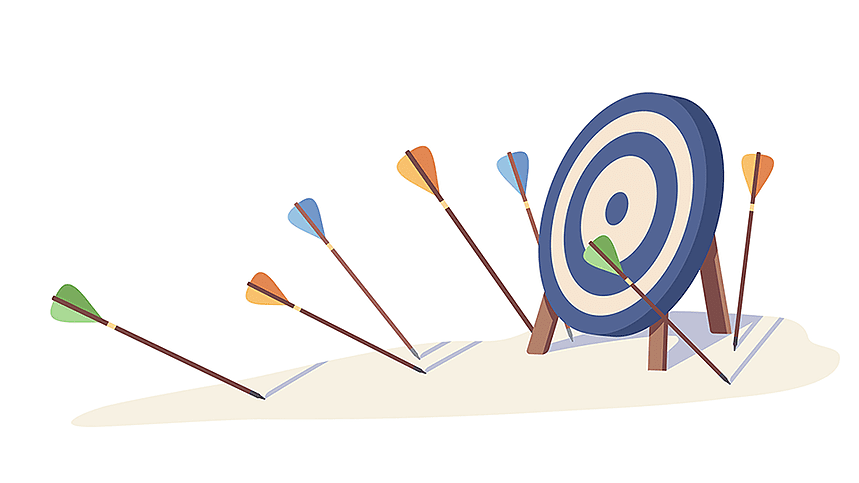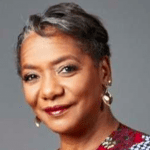For many companies, 2021 served as the bellwether for seeing diversity, equity and inclusion plans come to life. Organizations that had made commitments to fight bias, break down barriers to discrimination, and pledge to be better allies after the murder of George Floyd, could begin to see if those commitments had become mere platitudes or road maps for change.
We even saw an evolution in the common DE&I acronym, to include Accessibility and become DEIA. Indeed, from the Biden’s administration’s executive order on DEIA, to the U.S. Securities and Exchange Commission’s new approach to reporting requirements for human capital disclosures, it appears that this year would bring about change at the highest levels. And yet, organizations still need people to act more inclusively, mitigate bias and speak up and be allies on a daily basis.
In our DE&I round-up, we highlight this year’s DE&I advancements, while also recognizing large gaps that need to be closed to continue down the path of long-lasting and impactful allyship.
Blogs on DE&I

A Number We Should All Care More About
Janet M. Stovall
Only 3% of Black professionals want to return to the office. How can we change that staggeringly-low statistic and make work environments more inclusive?

How Government Agencies Can Avoid the Common Traps in DEIA When Following Biden’s Executive Order
Dr. Joy VerPlanck, D.E.T.
We unpack how government entities can successfully create more equitable teams and practices.

A Tale of Three Allies: What Does Allyship Look Like in Real Life?
Sherilyn George-Clinton & Janet M. Stovall
Allyship is easily misunderstood. Here’s a look at how you can practice the behavior to create meaningful change.

Equity Explained: What It Is and How to Create It at Your Organization
Janet M. Stovall & Cliff David
A look at how the brain reacts to equity and what companies can do to address systemic inequity.

The 3 Critical Habits of Allyship
Cliff David
Speak up? Plan a protest? Commiserate over a glass of wine? We break down how allies can really help people in less-advantaged positions.

Latest From the Lab: When the Intent and Impact of Allyship Don’t Align
Dr. Michaela Simpson
Many of us are trying to be better allies in the workplace. But research shows a discrepancy between the intent of allies and the impact of their actions. Here’s how to be a better ally.
How DE&I Will Move Forward in 2022
Q&A with Janet Stovall
Senior Client Strategist, NeuroLeadership Institute
When it comes to DEIA, what was the biggest insight or lesson from this year?
After 2020, which was a year of societal disruption — a worldwide pandemic, a global reckoning on racial injustice, and a deluge of corporate commitments and countermeasures to address them — 2021 should have been the year for some of those promises and policies to start driving change. Unfortunately, the vast majority did not. The insight? Systemic problems need systemic solutions, and successful DEIA is a proactive rather than reactive effort.
Passion moved organizations to make commitments, but turning passion into policy calls for tackling complex problems in complex ways, through a framework we call priorities, habits and systems. Moving the needle on equity and inclusion to unlock the true value of diversity means examining and addressing systemic root causes, as well as symptomatic interpersonal interactions.
What is one top trend you’re seeing that will impact organizations in 2022?
An increasing demand for DEIA data. Employees and customers want transparency and accountability. Data and metrics are key to all of that. In one study, 57% of respondents highlighted directing the implementation of diversity metrics and programs as part of an increased focus on DEIA. However, the same study showed that fewer than 7% of respondents were measuring DEIA performance in incentive compensation plans, and nearly 72% said they were not and did not intend to. It’s only one metric, but that’s a huge driver of accountability.
Furthermore, if companies want insight into their DEIA challenges and opportunities, they must collect and differentiate that data. For example, inside the Great Resignation, we saw the Great Realization: the reality that only 3% of Black professionals want to return to the office. Generalized diversity data can’t provide the insight necessary to address specific diverse communities. As companies move beyond talent acquisition that promote workplace justice by identifying and mitigating potential biases in talent management processes, the need for diversified DEIA data and analytics will be greater than ever.
What’s one habit you’re planning on implementing or changing next year?
I’m going to focus on root cause analysis that helps companies develop and deploy DEIA strategies. It’s not just about acknowledging the ‘what’ — the visible problem or symptom — but going on a journey of ‘why’ through first-level and higher-level causes to uncover the root cause. It calls for asking difficult questions and pushing for deeper answers. It means taking a critical look at the language we use and the policies we implement.
For more from Janet, visit her LinkedIn Profile.
Videos on DE&I
[youtube v=”yufBaEfmwOI”]
[youtube v=”1MEpdnvB8xY”]







